Access to quality dental care remains a significant challenge for millions of people living in rural communities across Canada and the United States. Now, mobile dental clinics are emerging as a practical, people-centered solution, bringing essential oral health services directly to underserved areas. With increasing media attention and growing public interest, these mobile operations are revolutionizing how dental care is delivered outside urban centers.
Dr. Chris Bryant: A Pioneer on Vancouver Island
In British Columbia’s Sooke district, Dr. Chris Bryant has dedicated over 30 years to mobile dentistry. His clinic-on-wheels—resembling a modest bus—travels to remote communities where oral health services are otherwise out of reach.
“I’m doing this for the community that’s traditionally not had access to health care,” Bryant told the Vancouver Island Free Daily.
Bryant’s mobile unit, which cost approximately $150,000, serves as a beacon for young dentists disillusioned by traditional practice models. Many dental students are now reaching out to him, seeking guidance on launching similar mobile setups that make dentistry more equitable and community-focused.
Mobile Dental Care Expands to Hawaii
Across the Pacific in Waianae, Honolulu, a new mobile dental unit was recently launched by the Waianae Coast Comprehensive Health Center. A traditional Hawaiian blessing ceremony marked the occasion, celebrating the region’s first fully equipped mobile dental clinic.
“There was definitely a need for health-care services in rural areas, particularly for oral health,” said Karina Gurant, Oral Health Outreach Program Manager, speaking to KHON2 News.
This unit will primarily serve young children, from infancy through elementary school age, helping build positive oral health habits early in life.
Dental Deserts and the Rural-Urban Divide
A 2023 Canadian population study revealed stark disparities:
- 17% of Canadians live in rural and remote areas
- Only 10% of dentists, 15% of hygienists, and 13% of assistants practice there
This translates to nearly double the workforce availability in urban areas compared to rural regions.
In the U.S., Harvard’s spatial analysis found that 24.7 million Americans live in “dental deserts”—regions with critically low access to oral care. These shortages hit low-income and rural communities the hardest, reinforcing long-standing health inequities.
Why Mobile Clinics Matter: Key Benefits
- ✅ Improved Access: Brings dental care directly to those without transportation
- ✅ Cost-Effective: Eliminates the need for expensive clinic overhead
- ✅ Community Trust: Builds stronger relationships with underserved populations
- ✅ Prevention First: Encourages early dental visits, especially for children
The Road Ahead: Mobile Dentistry's Growing Momentum
As healthcare systems evolve, mobile dental services are proving to be a scalable, efficient model. With increasing support from public health institutions, nonprofits, and aspiring dentists, this movement is gaining traction.
“This isn’t about convenience—it’s about necessity,” says Bryant. “People shouldn’t have to drive three hours for a basic cleaning.”
Conclusion: A Health Equity Milestone
Mobile dental clinics are no longer a fringe experiment—they are an essential component of rural health equity. Their ability to adapt, engage, and deliver makes them a promising long-term strategy for eliminating disparities in oral health access.
Islamabad: The most awaited inauguration ceremony for the PDA Dental Welfare Complex and ClearPath Mobile Dental Clinic in Gujranwala has recently occurred ...
Karachi: The Department of Community Dentistry, Altamash Institute of Dental Medicine (AIDM) recently organised an oral health awareness program.
Live webinar
Wed. 14 January 2026
10:00 pm PKT (Islamabad)
Dr. Théo Laplane, Dr. Robert Gottlander DDS
Live webinar
Fri. 16 January 2026
10:00 pm PKT (Islamabad)
Live webinar
Mon. 19 January 2026
11:00 pm PKT (Islamabad)
Philipp Kopp, Michael Seeber
Live webinar
Thu. 22 January 2026
7:00 pm PKT (Islamabad)
Prof. Judith Jones D.D.S; M.P.H., Prof. Kakuhiro Fukai D.D.S., Ph.D, Dr. Bathsheba (Bethy) Turton
Live webinar
Fri. 23 January 2026
12:00 am PKT (Islamabad)
Dr. Nicola M. Grande DDS, PhD
Live webinar
Wed. 28 January 2026
6:00 pm PKT (Islamabad)
Live webinar
Wed. 28 January 2026
9:00 pm PKT (Islamabad)
Prof. Dr. Jan-Frederik Güth



 Austria / Österreich
Austria / Österreich
 Bosnia and Herzegovina / Босна и Херцеговина
Bosnia and Herzegovina / Босна и Херцеговина
 Bulgaria / България
Bulgaria / България
 Croatia / Hrvatska
Croatia / Hrvatska
 Czech Republic & Slovakia / Česká republika & Slovensko
Czech Republic & Slovakia / Česká republika & Slovensko
 France / France
France / France
 Germany / Deutschland
Germany / Deutschland
 Greece / ΕΛΛΑΔΑ
Greece / ΕΛΛΑΔΑ
 Hungary / Hungary
Hungary / Hungary
 Italy / Italia
Italy / Italia
 Netherlands / Nederland
Netherlands / Nederland
 Nordic / Nordic
Nordic / Nordic
 Poland / Polska
Poland / Polska
 Portugal / Portugal
Portugal / Portugal
 Romania & Moldova / România & Moldova
Romania & Moldova / România & Moldova
 Slovenia / Slovenija
Slovenia / Slovenija
 Serbia & Montenegro / Србија и Црна Гора
Serbia & Montenegro / Србија и Црна Гора
 Spain / España
Spain / España
 Switzerland / Schweiz
Switzerland / Schweiz
 Turkey / Türkiye
Turkey / Türkiye
 UK & Ireland / UK & Ireland
UK & Ireland / UK & Ireland
 International / International
International / International
 Brazil / Brasil
Brazil / Brasil
 Canada / Canada
Canada / Canada
 Latin America / Latinoamérica
Latin America / Latinoamérica
 USA / USA
USA / USA
 China / 中国
China / 中国
 India / भारत गणराज्य
India / भारत गणराज्य
 Vietnam / Việt Nam
Vietnam / Việt Nam
 ASEAN / ASEAN
ASEAN / ASEAN
 Israel / מְדִינַת יִשְׂרָאֵל
Israel / מְדִינַת יִשְׂרָאֵל
 Algeria, Morocco & Tunisia / الجزائر والمغرب وتونس
Algeria, Morocco & Tunisia / الجزائر والمغرب وتونس
 Middle East / Middle East
Middle East / Middle East



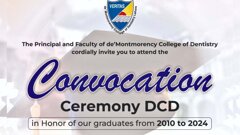


























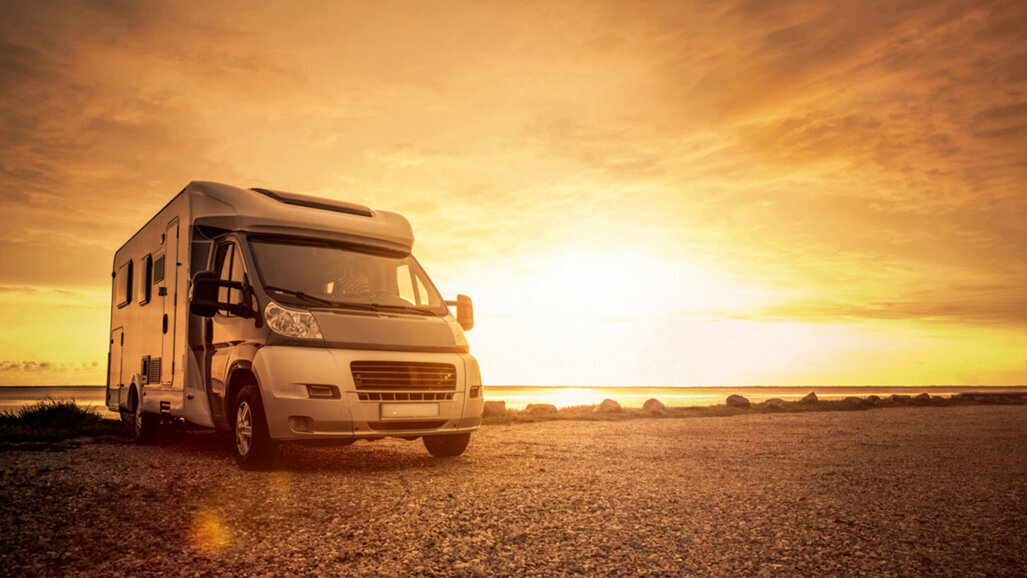

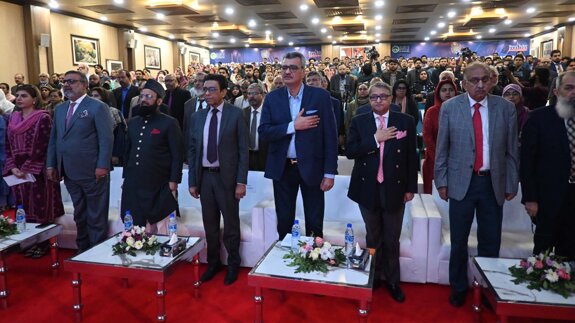

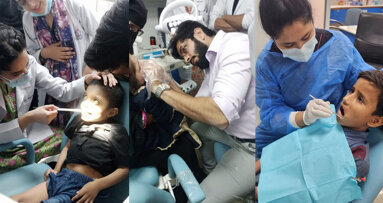
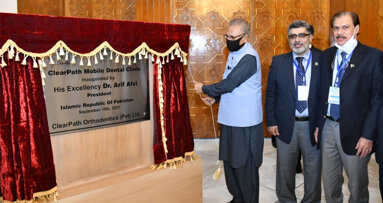
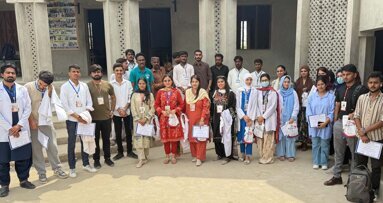
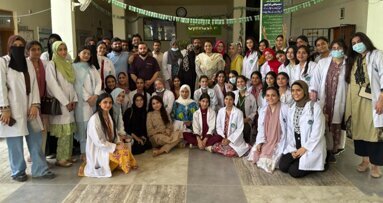


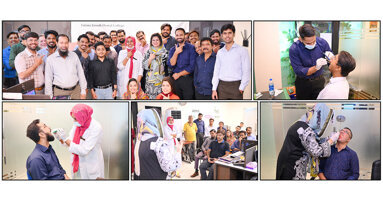
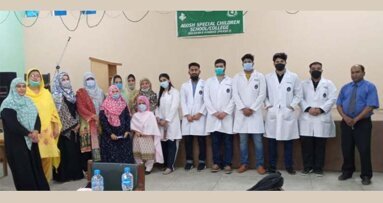

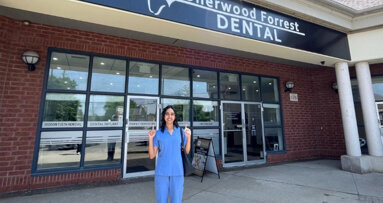

















To post a reply please login or register